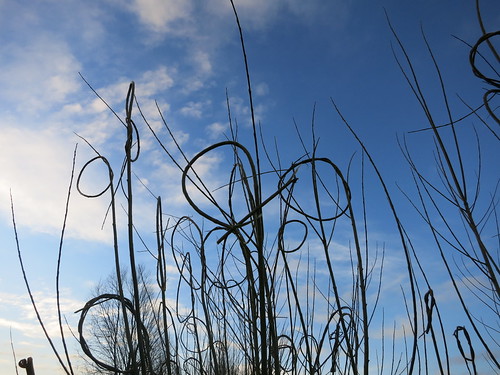
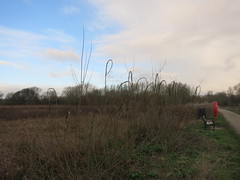
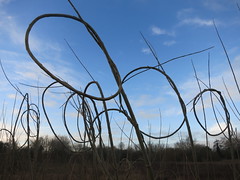
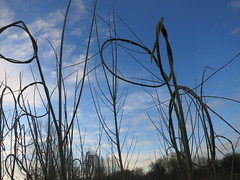
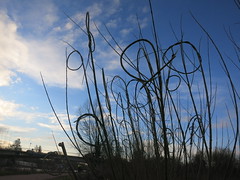
Willow saplings are fantastically pliant, and the East Oxford primary schools often have little arches and arbours made of prettily twisted sprouting willow. It's easy, you just have to chop your willow branches and shove them into the ground. Willows are tough. Tough enough to shrug off this kind of treatment. Wood grows into itself, however; I wonder if the person who did this had in mind seeing if the willows would form solid hoops in the fast growth process of the summer?
Not that they would ever find out. The willows were untwisted, at first a few at a time, few enough I thought maybe the willows were snapping themselves out of their unnatural hoops, but then, one night, all at once:
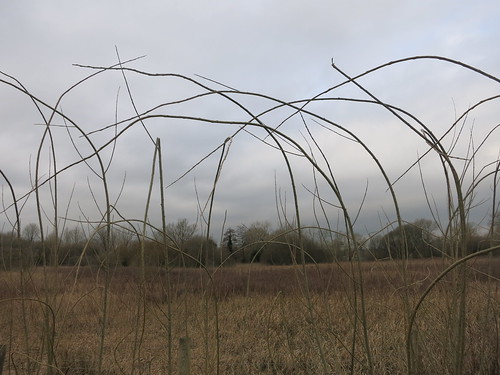
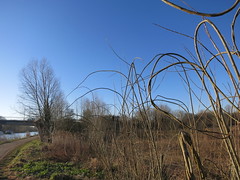
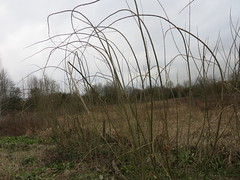
Since then, there has been a little back-and-forth. One morning, a few willows hooped, the next, them set free once again, the litter of the landscape artist tidied up by the naturalist of the morning.
No comments:
Post a Comment